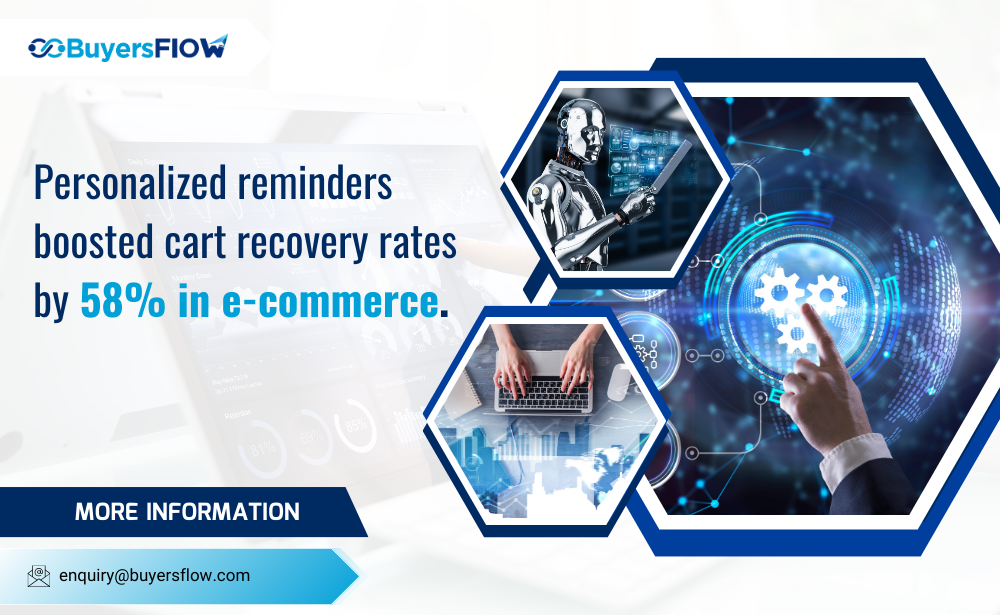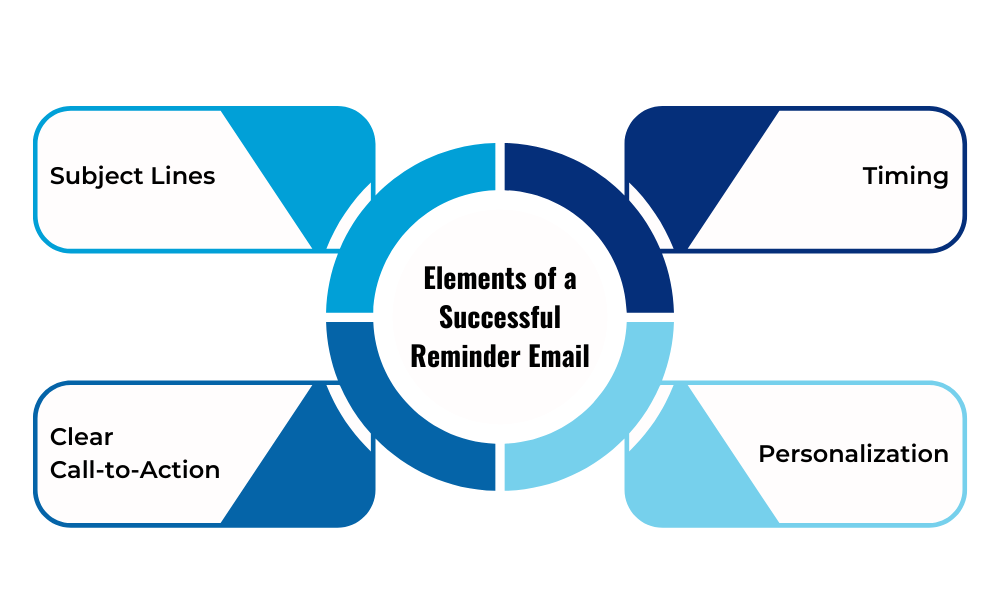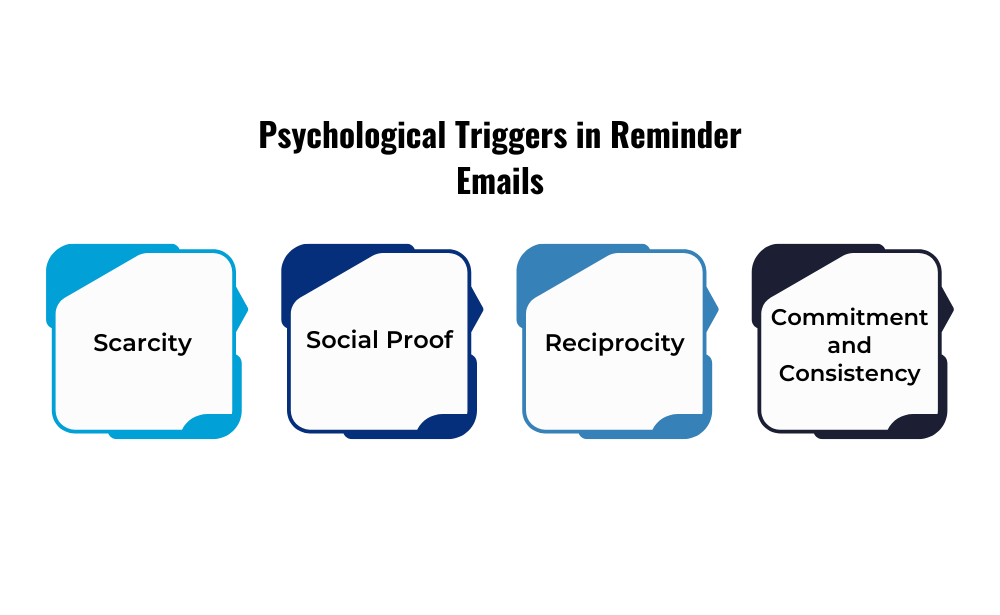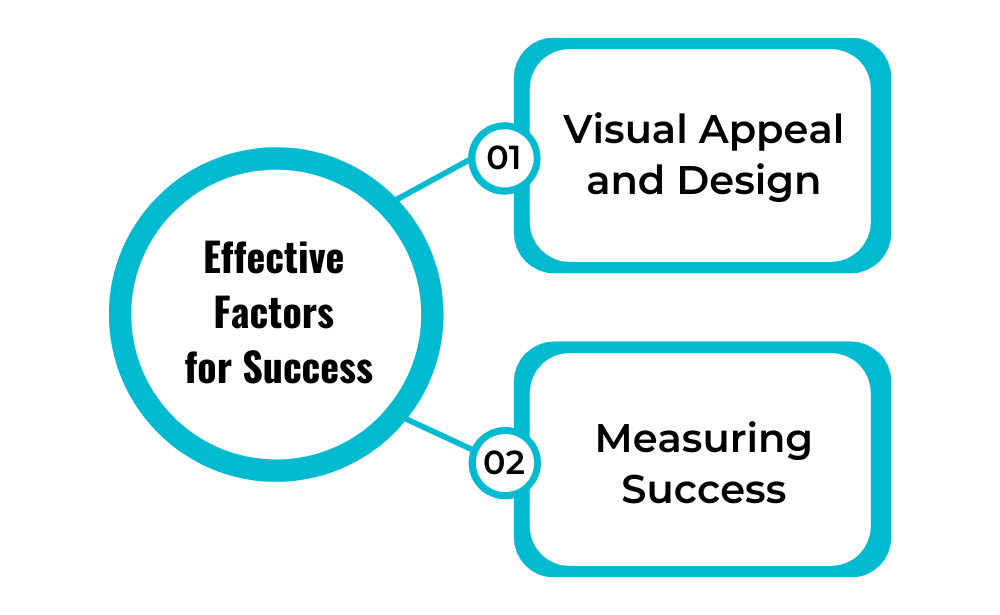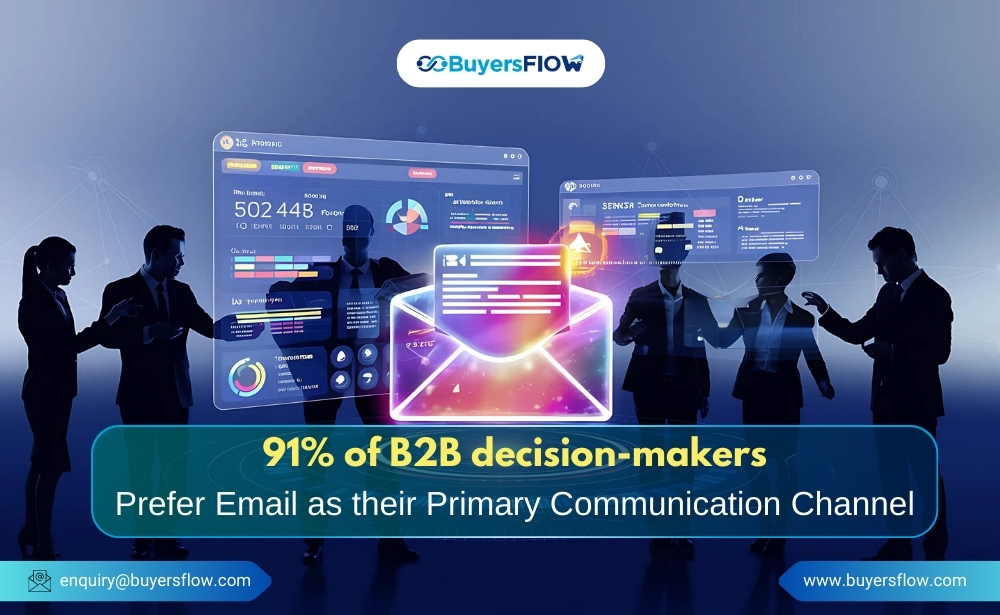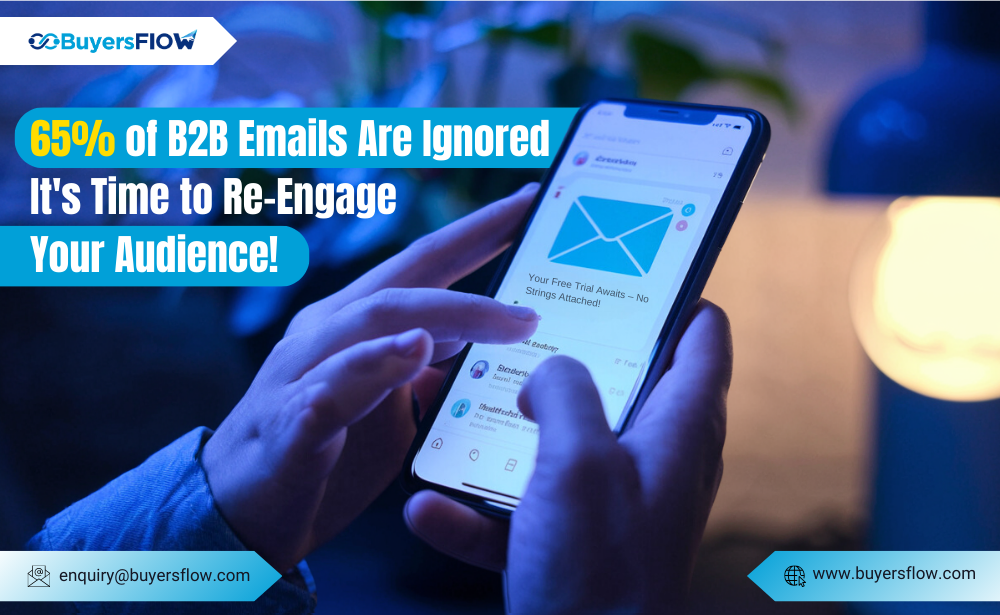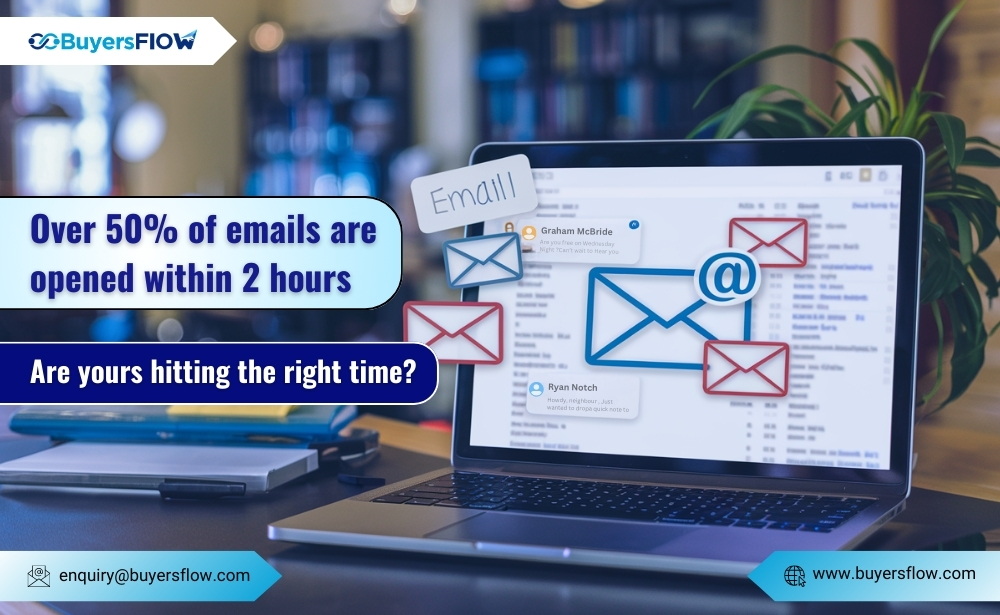Reminder emails are now a vital tool in the fast-paced world of business communication. These seemingly straightforward messages are essential for ensuring that projects stay on schedule, preserving client relationships, and increasing sales. But what exactly qualifies as an effective email reminder? The secret is to comprehend the psychology of human behavior and use that understanding to create messages that appeal to the recipients.
Understanding Human Behavior
At its core, the effectiveness of reminder emails is rooted in cognitive psychology. Our brains are wired to forget – it’s a natural process that helps us filter out unnecessary information. However, this tendency to forget can be problematic in a business context. Reminder emails serve as external memory aids, helping to bring important tasks or events back to the forefront of our attention.
Moreover, the principle of habit formation plays a significant role. Regular, well-timed reminders can help establish new habits or reinforce existing ones, making it more likely for recipients to take the desired action.
Elements of a Successful Reminder Email
Crafting an effective reminder email involves several key elements:
- Subject Lines: The gateway to your email’s success. A compelling subject line should be concise, clear, and create a sense of urgency without resorting to clickbait tactics.
- Timing: The right timing can significantly impact open rates and responses. Consider your audience’s routines and habits when scheduling your reminders.
- Personalization: Tailoring the content to the recipient increases relevance and engagement. Use the recipient’s name, reference past interactions, or include personalized recommendations.
- Clear Call-to-Action: Every reminder email should have a clear, prominent call-to-action that tells the recipient exactly what steps to take next.
Psychological Triggers in Reminder Emails
Leveraging psychological triggers can enhance the effectiveness of your reminder emails:
- Scarcity: Creating a sense of urgency or limited availability can motivate recipients to act quickly.
- Social Proof: Incorporating testimonials or statistics about others who have taken the desired action can influence behavior.
- Reciprocity: Offering something of value (like a discount or useful information) can make recipients more likely to reciprocate by taking the desired action.
- Commitment and Consistency: Reminding recipients of their previous commitments or actions can encourage follow-through.
Visual Appeal and Design
The visual aspect of your reminder email is equally important. A well-designed email with a clean layout, appropriate use of white space, and strategically placed visuals can significantly improve readability and engagement. Remember, many recipients will be viewing your email on mobile devices, so ensure your design is responsive and mobile-friendly.
Measuring Success
To optimize your reminder email strategy, it’s crucial to track key metrics such as open rates, click-through rates, and conversion rates. A/B testing different elements of your emails (subject lines, send times, and content variations) can provide valuable insights into what resonates best with your audience.
Examples
Numerous case studies have demonstrated the power of well-crafted reminder emails. For instance, one e-commerce company saw a 58% increase in abandoned cart recovery rates by implementing personalized reminder emails with product recommendations.
This is where platforms like BuyersFlow come into play. BuyersFlow offers businesses a comprehensive solution for crafting effective reminder emails that leverage these psychological insights. With its user-friendly interface and advanced features, BuyersFlow enables you to create personalized, timely reminders that resonate with your audience.
BuyersFlow’s analytics tools allow you to track the performance of your reminder emails, providing valuable data to continually refine your strategy. Whether you’re looking to boost event attendance, increase sales, or improve customer engagement, BuyersFlow offers the tools and insights you need to create reminder emails that drive results.
Conclusion
The art of crafting effective reminder emails is a blend of psychology, strategic timing, and thoughtful design. By understanding the psychological principles at play and leveraging tools like BuyersFlow, businesses can create reminder emails that not only capture attention but also drive meaningful action. As you refine your reminder email strategy, remember that the goal is not just to remind, but to engage, motivate, and convert. With the right approach and tools, your reminder emails can become a powerful driver of business success.
